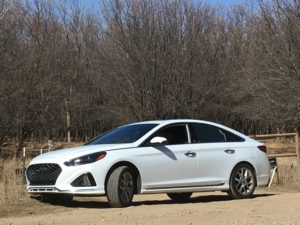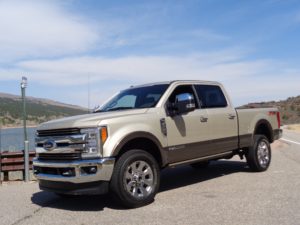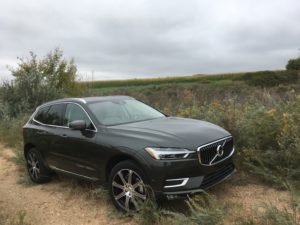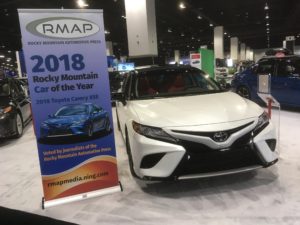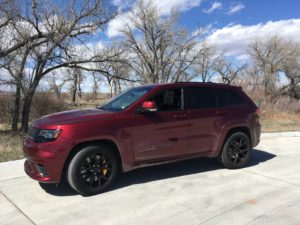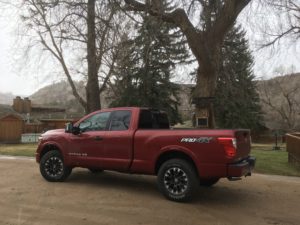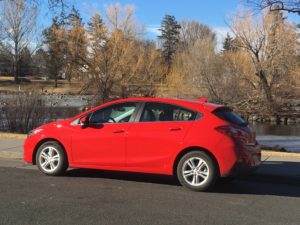
The 2019 Volvo XC40, enroute to the Denver Auto Show, took a side road to the north and wound up in my garage for a few days.
Backed out of its stall, it carried Jan and me 60 miles to South Holly Street in Englewood, then back home. This probably is the best luxury subcompact SUV in the country.
Its production is a trifecta of crossover success for Volvo, following in the tracks of the big XC90 and compact XC60.All three were on display for Volvo at the auto show in April.
The all-wheel-drive XC40 is one of the smoothest-operating small crossovers I’ve driven. While Volvo’s bigger XC90 and XC60 get strong performance from a combination of supercharging and turbocharging, the smaller XC40 relies only on turbo boost. It performs satisfactorily, though not with the thrust of the bigger XCs.
Its turboed 2.0-liter, 4cylinder engine develops 248 horsepower and 268 lb.-ft. of torque. It is tied to an 8-speed automatic transmission, with drive modes of eco, comfort, dynamic and offroad. Paddleshifters are at hand.
The XC40 was recently given an EPA rating of 23 miles per gallon in city driving and 31 on the highway. The 120-mile highway drive I made with the review model, plus some in-town maneuvering, resulted in overall average of 28.6 mpg.
A muscular stance, upward sweeping C pillar and a “floating roof” look are exterior highlights. Adding a foreign touch is a tiny Swedish flag hanging out from the corner of the hood on the driver’s side. A floating roof design on the Nissan Maxima three years ago was an absolute hit; this one isn’t quite so attractive.
Inside, the comfortable seats, lightly bolstered, are of Nappa leather with inserts of soft Nubuck suede finish. There is storage space all over the place. A trash bin with lid can be removed for emptying and cleaning. Cargo space behind the second row of seats is 20.7 cubic feet.
At a post office drive-up lane, two mail pieces missed the opening to the drop box and dropped to the ground. I backed up and over to the center in order to have room to step out and retrieve them, tossed ‘em back in the box, got back in the driver’s seat and pushed the lever to release the park brake; it wouldn’t release. As cars lined up behind me, a message read “Please fasten seatbelt,” and as I did, the brake released, the car lurched forward and on out of the drive-through.
Lane correction and emergency forward braking are among a long list of safety items for the Volvo and pushed its sticker price to $45,835 from a base of $36,200. Its sticker price is within range of the $46,395 tag on the BMW X1 I tested two years ago.
New to the market, the XC40 will compete with the Audi Q3, BMW X1, Infiniti QX30, Jaguar E-Pace, Mercedes-Benz GLA Class and Range Rover Evoque.
Among the XC40’s specifications are 106.4-inch wheelbase, 174.2-inch overall length, 75.2-inch width, 65.3-inch height, 3,756-pound curb weight.
